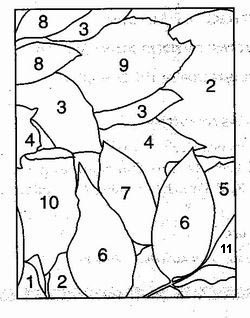You are here
The Plants of Autumn Foliage
Yellow- and red-leaved flowering shrubs and trees, together with conifers, provide the most noticeable autumn color at the Harvard Forest. The above photograph provides a look at some leaves in mid-October, when the colors are at their peak.
The species in the photograph are:
CONIFERS
Conifers provide the green backdrop during the autumn color changes in New England forests. These are principally white pine and hemlock, although other pines may be introduced in plantations. Larches are the only conifers in these forests which lose their needles completely during the fall. These trees produce an autumn show of bright yellow in the swampy areas where they grow. The European larch may be introduced in plantations or in landscaping, to provide more autumn yellow color.
Red-leaved Flowering Shrubs and Trees
All of these shrubs and trees produce varying amounts of anthocyanins during senescence. Sometimes these pigments are produced uniformly in the leaves, but often distinct patterns.
Yellow-Leaved Flowering Shrubs and Trees
All of these species turn yellow during the autumn, due to the breakdown of chlorophyll and the retention of some carotenoid pigments in their plastids. In a few cases, small amounts of anthocyanins may be produced, sometimes only in a few individuals in a population.



